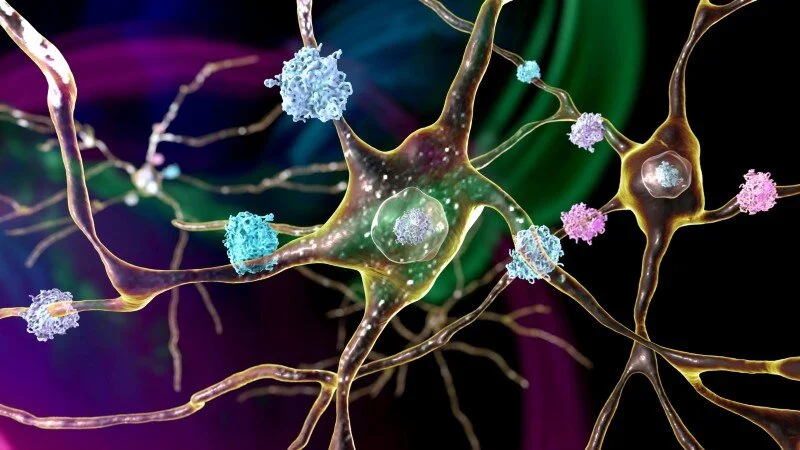Sensitive detection of methylation patterns in cell-free DNA opens doors for early cancer detection
This is a preview of the full post, located on Twist’s blog.
In the milieu of rushing blood, plasma, and cells, small wayward bits of DNA are easy to overlook. But stored within these scraps of genetic material, known as cell-free DNA (cfDNA), is information offering the earliest glimpses of cancer development. Being able to detect and understand these signals could dramatically improve our ability to detect and treat cancer before the disease has developed.
In contrast to healthy patients, where basal levels of cfDNA mostly derive from blood cells, patients with cancer show a measurable spike in cfDNA which can be traced back to the tumor microenvironment1. There, malignant and normal cells die at a high rate, dumping fragmented DNA from their genomes as they perish. CfDNA in the tumor microenvironment can also come from living cells that actively release bits of DNA in extracellular vesicles (we don’t yet know why living cells do this)1,2. Regardless, this release of tumor-derived cfDNA can happen very early in cancer development, giving researchers an opportunity to detect it and potentially prevent further progression.
There is a special term for cfDNA that derives from a tumor: circulating tumor DNA, or ctDNA. To differentiate ctDNA from the broader cfDNA circulating through a patient, scientists need to analyze the DNA fragments for specific features that are characteristic of tumors, such as the presence of cancer-causing mutations in the DNA sequence. One important feature that can tip off researchers that cancer is present is the pattern of methylation on the cfDNA.
Read the full post on Twist’s blog.



